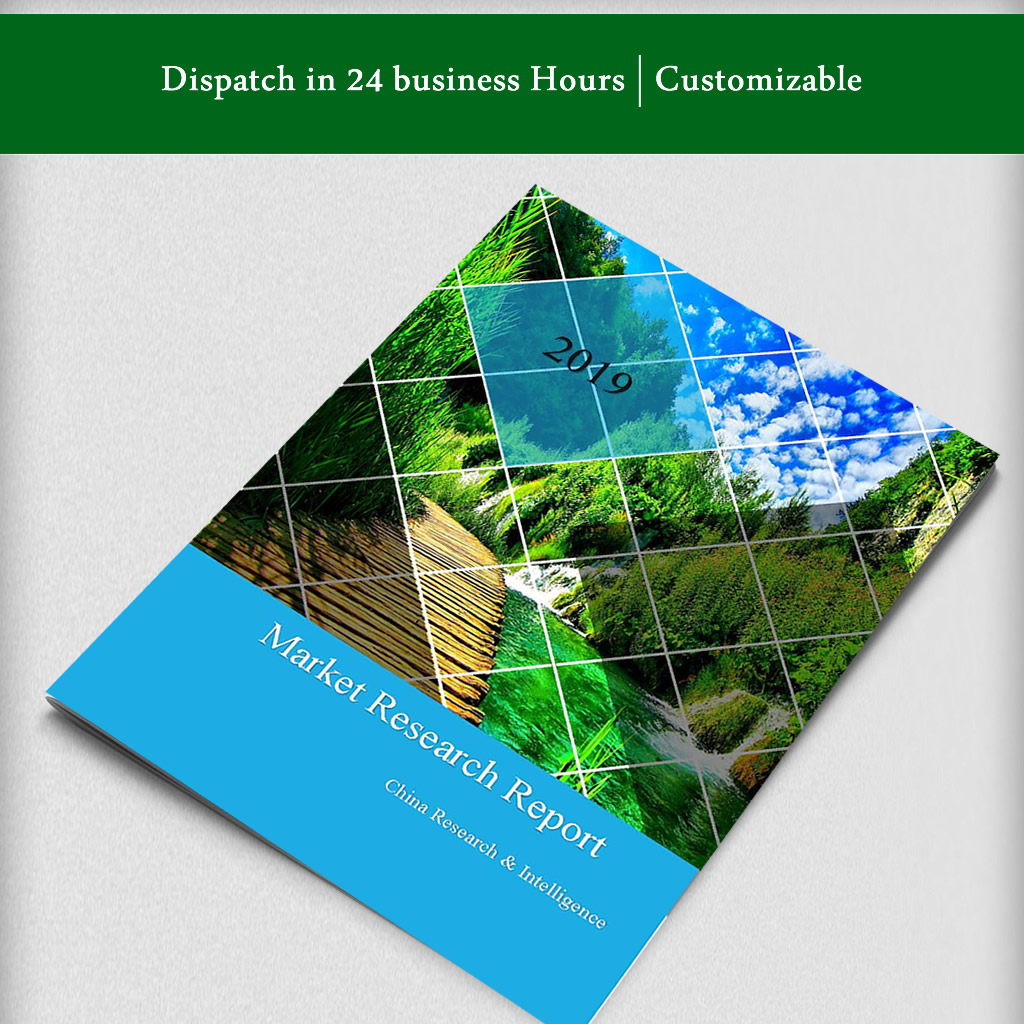Description
The global veterinary diagnostics market is estimated to reach USD 5,010.11 Mn by 2023, expanding at a compound annual growth rate (CAGR) of 9.1% from 2018 to 2023. The growing prevalence of zoonotic diseases – which are transmitted from animals to humans – plays a key role in driving the market. Early diagnosis and subsequent treatment can prevent these diseases from spreading.
Technology segment insights:
The clinical biochemistry segment dominated the market, accounting for 32.3% of the global revenue in 2017. Rising use of clinical chemistry analyzers, glucose monitoring, and blood gas and electrolyte analysis has fuelled the demand for clinical biochemistry-based diagnostics.
Immunodiagnostics is anticipated to be the fastest growing technology segment of the market, expanding at a booming CAGR of 10.1% during 2018-2023. The prevalence of animal-transmitted diseases has increased considerably, which in turn, has driven the demand for diagnostic tests that can quickly and efficiently detect pathogens. As a result, the demand for immunodiagnostics, including enzyme-linked immunosorbent assay (ELISA), immunoassay, and lateral flow assays, has increased rapidly.
Animal type segment insights:
The companion animal segment accounted for the largest share (52.5%) of the global revenue in 2017, and the market is estimated to grow at a steady rate during the forecast period. Pet ownership has increased considerably in the past few years, especially in North America and Europe. In the U.S., the number of companion animals increased to 211.8 MN in 2017, from 157.15 in 2012. Furthermore, pet industry expenditure in the U.S. reached USD 69.51 Bn in 2017, from USD 53.33 Bn in 2012. As a result, growth in pet ownership, coupled with increased spending on pet healthcare, especially in developed economies, has propelled the demand for veterinary diagnostics.
Products segment insights:
Consumables appeared to be the largest products segment in 2017, and is estimated to continue leading, accounting for an anticipated 34.9% share of the global market by 2023. Substantial demand from the developed countries of North America and Europe contributed to the considerable share of this segment during the past few years.
End user segment insights:
In terms of end users, point of care is anticipated to be the fastest growing segment during the forecast period. It is expected to register a steady CAGR of 9.4% during the 2018-2023 period. The development of low-cost and portable instruments with advanced functions has accelerated the growth of point of care diagnostics.
Regional insights:
North America held the largest share of the veterinary diagnostics market in 2017, owing to increased awareness about the harmful effects of zoonotic diseases. Also, increased spending by pet owners to improve pet health and increase the lifespan of pets has driven demand in North America, especially in the companion animal segment. Availability of attractive pet insurance policies has played a key role in driving the market in countries like the U.S. and Canada. The Asia-Pacific region is expected to exhibit the highest CAGR (10.9%) during the 2018-2023 period. Substantial growth in farm animal population, especially in China and India, is likely to propel market growth over the forecast period.
Companies covered:
1. IDEXX laboratories, Inc.
2. Zoetis Inc.
3. HESKA Corporation
4. Biolas Health, Inc.
5. Abaxis, Inc.
6. Neogen Corporation
7. QIAGEN
8. bioMérieux SA
9. Thermo Fisher Scientific, Inc.
10. Virbac
11. Randox Laboratories Ltd.
12. IDvet
Customizations available



